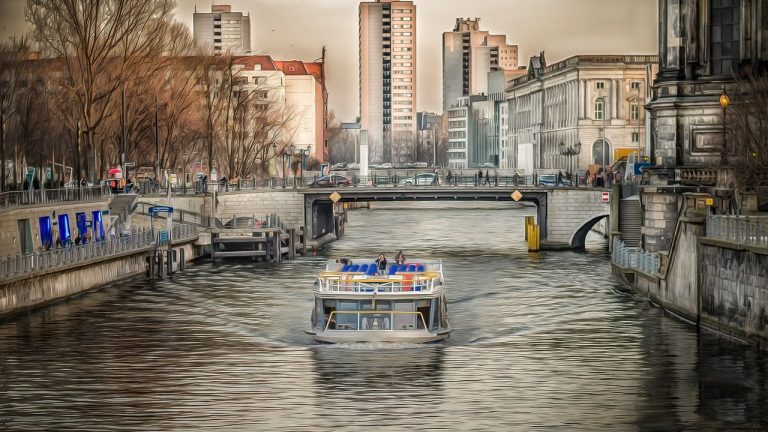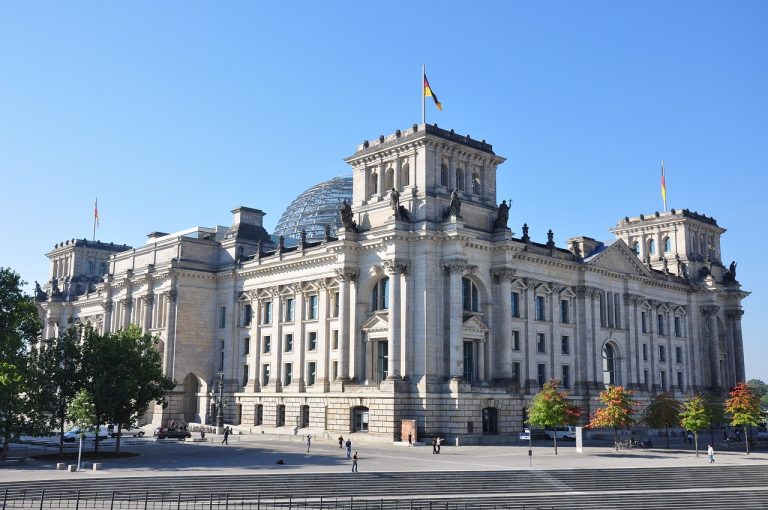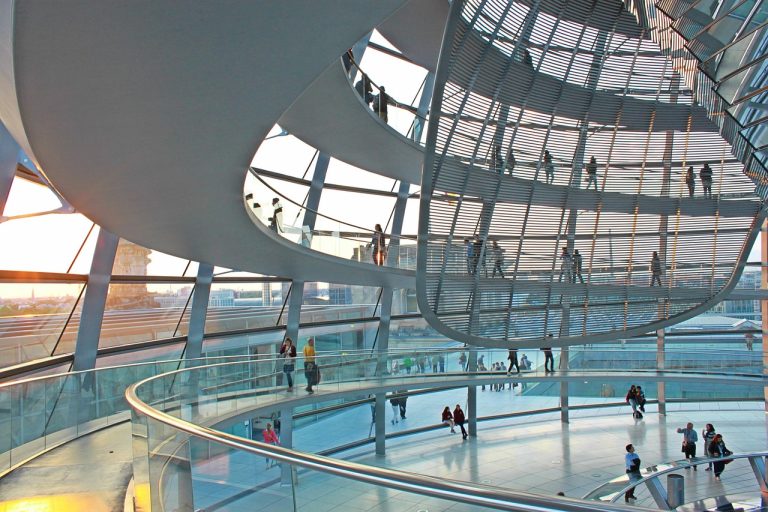Berlin Germany Video
Historical Landmarks of Berlin Germany: A Deep Dive
Berlin, the capital of Germany, is a city rich in history and filled with remarkable landmarks. From iconic structures to significant historical sites, Berlin offers a glimpse into its past through its architectural wonders and cultural heritage. In this article, we will take a deep dive into the historical landmarks of Berlin, exploring ten sections that highlight the city’s unique charm and historical significance.
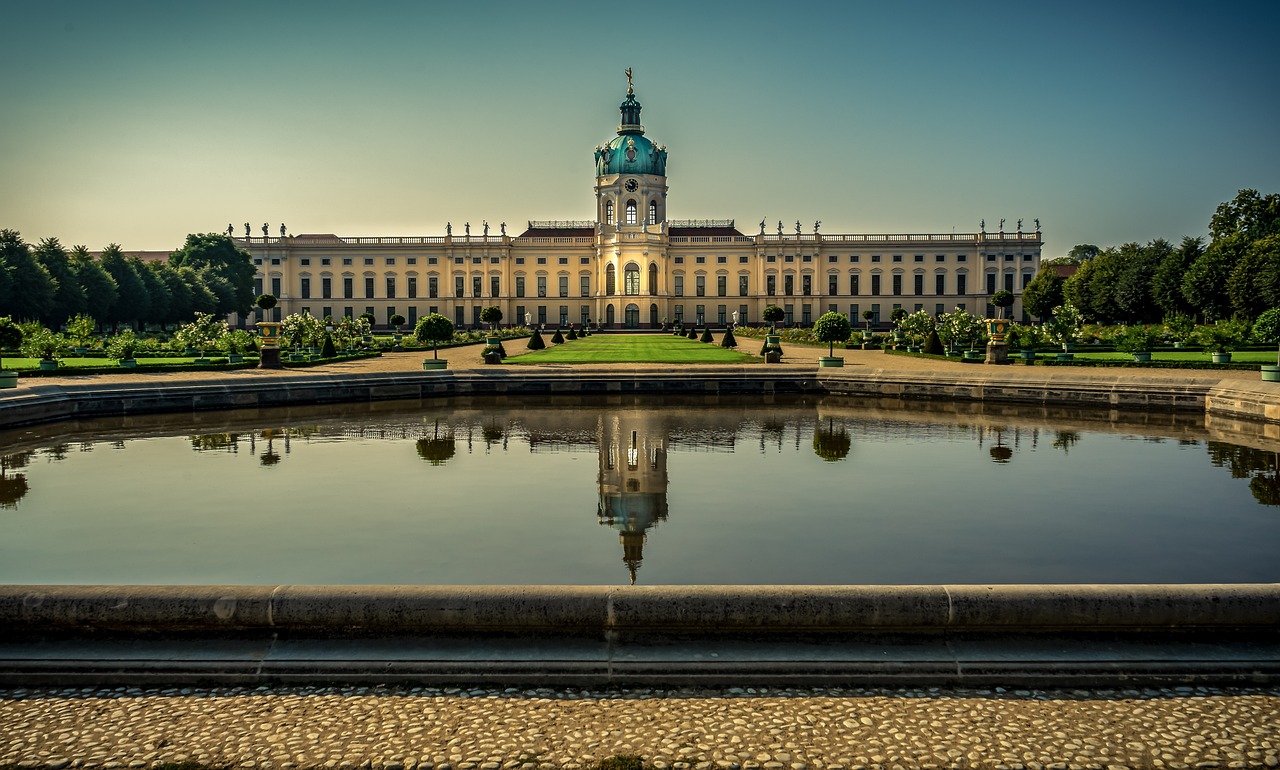
Brandenburg Gate
- Symbol of Unity: The Brandenburg Gate is an iconic symbol of Berlin and Germany. Built in the late 18th century, it has witnessed significant historical events, including the fall of the Berlin Wall. Today, it stands as a symbol of unity and serves as a gateway to the city.
- Historical Significance: The gate has played a pivotal role in Berlin’s history. It was originally part of the city’s customs wall and later became a symbol of division during the Cold War. Following the reunification of Germany, it served as a powerful symbol of unity and peace.
- Surrounding Area: The Brandenburg Gate is situated in the heart of Berlin, surrounded by other notable landmarks such as the Reichstag Building and the Holocaust Memorial. Its central location makes it easily accessible and a perfect starting point for exploring the city.
The Brandenburg Gate is a must-visit attraction, attracting millions of visitors each year. Its neoclassical design, adorned with intricate sculptures and grand columns, is a testament to Berlin’s architectural brilliance.
Visitors can learn about the gate’s history through various exhibitions and guided tours. The Brandenburg Gate Museum, located nearby, offers a comprehensive insight into its significance and the events that unfolded around it.
Visitors can take a leisurely stroll along Unter den Linden, a historic boulevard that leads to the gate, and enjoy the vibrant atmosphere of the surrounding area.

Reichstag Building
- Architectural Marvel: The Reichstag Building is a masterpiece of architecture and a symbol of Germany’s democracy. Its stunning glass dome offers panoramic views of Berlin and is a popular attraction among visitors.
- Political Significance: The Reichstag Building has played a vital role in Germany’s political history. It housed the German Parliament until the rise of the Nazi regime. After the fall of the Berlin Wall, it was restored and became the seat of the Bundestag, the country’s federal parliament.
- Sustainability: The Reichstag Building is a pioneer in sustainable architecture. It features innovative energy-efficient systems, including a solar power plant and natural ventilation. These eco-friendly elements demonstrate Berlin’s commitment to environmental sustainability.
The building’s design, blending historic elements with modern features, reflects Berlin’s journey through time. It underwent significant renovations after the reunification of Germany and now stands as a testament to the city’s resilience.
Visitors can explore the building’s interior, including the parliamentary chamber, and gain insight into Germany’s political system through guided tours and exhibitions.
Visitors can learn about the building’s sustainable features through informative displays and exhibits, highlighting the importance of renewable energy and sustainable practices.
Potsdamer Platz
- Urban Revitalization: Potsdamer Platz is a vibrant square that underwent significant transformations throughout history. It was once a bustling hub before being divided by the Berlin Wall. After the reunification, it was revitalized into a modern commercial and entertainment district.
- Architectural Marvels: The square features an impressive array of modern architecture, including skyscrapers, shopping centers, and theaters. The Sony Center, with its iconic glass roof, is a prominent landmark in the area.
- Cultural Hub: Potsdamer Platz is a cultural hub, offering a wide range of attractions, including art galleries, cinemas, and theaters. The Berlin Philharmonic, one of the world’s leading orchestras, is located nearby.
Today, Potsdamer Platz is a symbol of Berlin’s resilience and serves as a testament to the city’s ability to reinvent itself.
Visitors can explore the architectural wonders of Potsdamer Platz and enjoy the vibrant atmosphere created by its bustling streets and lively entertainment venues.
Visitors can immerse themselves in Berlin’s vibrant arts and culture scene by attending performances or exploring the various cultural institutions in the area.
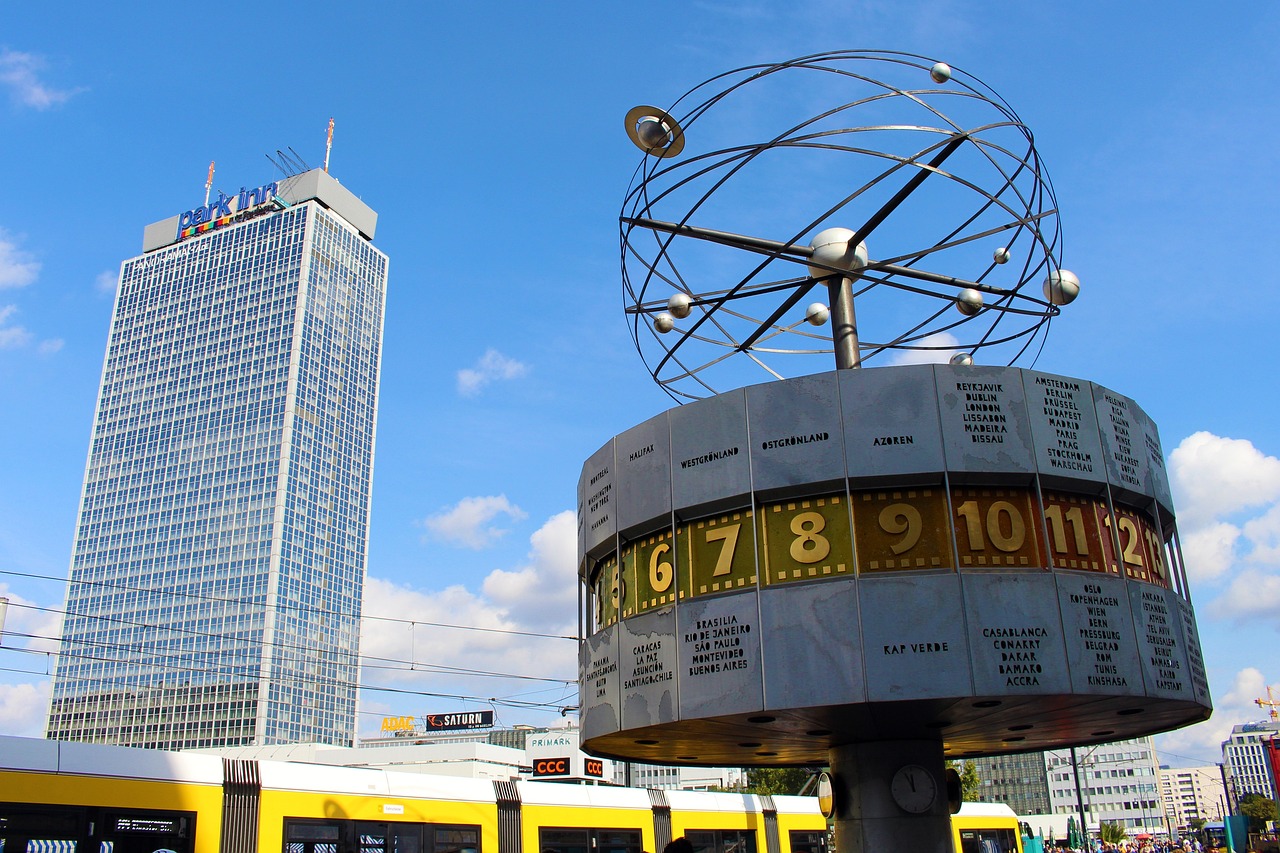
Checkpoint Charlie
- Cold War Symbol: Checkpoint Charlie was one of the most famous border crossings between East and West Berlin during the Cold War. It served as a checkpoint for diplomats, military personnel, and foreign visitors.
- Museum and Exhibition: The Checkpoint Charlie Museum provides an in-depth look into the history of the Berlin Wall and the human stories associated with it. Visitors can explore various exhibitions and artifacts that highlight the impact of the wall on people’s lives.
- Historical Significance: Checkpoint Charlie witnessed several significant events during the Cold War, including standoffs between American and Soviet tanks. Today, a replica of the original guardhouse stands as a monument to those turbulent times.
Today, Checkpoint Charlie stands as a reminder of the divided history of Berlin and the struggles faced by its inhabitants during the Cold War.
The museum offers a unique opportunity to gain insight into the events that unfolded at Checkpoint Charlie and the stories of those who attempted to cross the border.
Visitors can learn about the historical significance of Checkpoint Charlie through informative displays and guided tours, understanding the impact of the Cold War on Berlin and the world.
Charlottenburg Palace
- Royal Residence: Charlottenburg Palace is the largest palace in Berlin and a testament to the city’s royal heritage. Built in the late 17th century, it served as the summer residence of Queen Sophie Charlotte.
- Historical Significance: Charlottenburg Palace has witnessed the rise and fall of empires. It survived bombings during World War II and has been meticulously restored to its former glory.
- Gardens and Park: The palace is surrounded by beautiful gardens and a park, providing a tranquil escape from the bustling city. Visitors can stroll through the landscaped gardens, enjoy the serene atmosphere, and marvel at the palace’s grand facade.
The palace’s baroque architecture, expansive gardens, and opulent interiors offer a glimpse into the grandeur of the Prussian royal court.
Visitors can explore the palace’s various rooms, including the lavish state apartments and the opulent Porcelain Cabinet, filled with exquisite Chinese and Japanese porcelain.
The gardens are particularly stunning during the spring and summer months when the flowers are in full bloom.
Museum Island
- Cultural Treasure: Museum Island is a UNESCO World Heritage site and home to several world-renowned museums. Located on an island in the Spree River, it offers a unique cultural experience.
- Pergamon Museum: The Pergamon Museum is one of the most visited museums on the island, showcasing ancient Greek, Roman, and Islamic art. Its centerpiece is the stunning Pergamon Altar.
- Other Museums: Museum Island is also home to the Neues Museum, the Altes Museum, the Bode Museum, and the Alte Nationalgalerie. Each museum offers a unique perspective on art, history, and culture.
The museums on the island house an impressive collection of art, artifacts, and historical treasures from various civilizations and time periods.
Visitors can explore the museum’s vast collection, including reconstructed architectural marvels such as the Ishtar Gate of Babylon and the Market Gate of Miletus.
Art enthusiasts and history buffs will find themselves immersed in a world of masterpieces and historical artifacts as they explore the museums on Museum Island.
East Side Gallery
- Open-Air Gallery: The East Side Gallery is a unique outdoor art gallery located on a remaining section of the Berlin Wall. It showcases over 100 paintings by artists from around the world, making it the longest open-air gallery in the world.
- Historical Significance: The East Side Gallery represents a significant part of Berlin’s history and serves as a reminder of the division and subsequent reunification of the city.
- Preservation and Restoration: The gallery has undergone extensive preservation and restoration efforts to ensure the longevity of the artworks. It stands as a living monument to the power of art and its ability to transcend boundaries.
The artworks on display are powerful expressions of freedom, unity, and hope, reflecting the spirit of change that swept across Berlin after the fall of the wall.
Visitors can walk along the gallery, admiring the vibrant murals and contemplating the messages behind each artwork.
Visitors can learn about the preservation efforts and the stories behind the individual artworks through guided tours and informative displays.
Gendarmenmarkt
- Architectural Splendor: Gendarmenmarkt is one of Berlin’s most beautiful squares, known for its stunning architecture and elegant facades. It is home to three impressive buildings: the Konzerthaus, the French Cathedral, and the German Cathedral.
- Konzerthaus: The Konzerthaus, a concert hall, hosts renowned orchestras and musical performances. Its neoclassical design and rich history make it a cultural landmark in Berlin.
- Cathedrals: The French Cathedral and the German Cathedral, both located on Gendarmenmarkt, are striking examples of architectural brilliance. The twin spires of the German Cathedral dominate the skyline, while the French Cathedral impresses with its intricate detailing.
The square’s harmonious architectural ensemble creates a captivating atmosphere that draws visitors from around the world.
Visitors can attend concerts or simply admire the grandeur of the building’s exterior.
Visitors can explore the cathedrals’ interiors and enjoy panoramic views of Berlin from their observation decks.
Tiergarten
- Urban Oasis: Tiergarten is Berlin’s largest park and a tranquil oasis in the heart of the city. It offers a peaceful retreat from the bustling streets, with lush greenery, serene lakes, and winding paths.
- Monuments and Memorials: Tiergarten is home to several monuments and memorials, including the iconic Victory Column and the Soviet War Memorial. These landmarks pay tribute to significant historical events and honor those who fought for freedom and peace.
- Recreational Activities: Tiergarten offers various recreational activities, including cycling, jogging, and boating. The park’s vast expanse provides ample space for outdoor enthusiasts to engage in their favorite activities.
Visitors can enjoy leisurely walks, picnics, or simply relax amidst nature’s beauty.
Visitors can explore the park’s monuments and reflect on Berlin’s complex history.
Whether it’s a leisurely bike ride or a peaceful boat trip on the lake, Tiergarten offers something for everyone.
Conclusion
Berlin, with its historical landmarks, offers a captivating journey through time. From the iconic Brandenburg Gate to the vibrant Potsdamer Platz, each landmark tells a unique story and adds to the city’s cultural tapestry. Whether you’re interested in history, architecture, or art, Berlin’s historical landmarks are bound to leave a lasting impression. Explore the rich heritage of this remarkable city and immerse yourself in its fascinating history.
References
– berlin.de
– visitberlin.de
– reichstag.de
– brandenburg-gate.de
– checkpoint-charlie.com
– spsg.de
– museuminsel-berlin.de
– eastsidegallery-berlin.de
– gendarmenmarkt.de
– tierg


